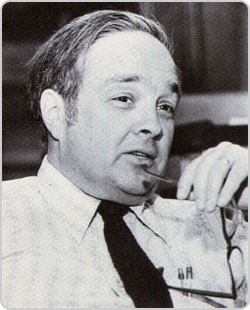Blake High School Students Publish Paper with Professor James Gates
- Details
- Published: Monday, March 23 2009 16:09
James Hubert Blake High School students James Gonzales and James Parker recently became “published” authors in theoretical physics as coauthors of 4D, N = 1 Supersymmetry Genomics (I), which is a mathematically derived supersymetric relationship between specific particles.
Mr.Gonzales and Mr. Parker participated in the Student Summer Theoretical Physics Research Session (SSTPRS) at the University of Maryland with Dr. James Gates Jr. - John S. Toll Professor & Director of Center for String & Particle Theory.
Twelve students from Maryland and the University of Iowa cooperated in the research on string theory for two months during the summer. During the first month the students learned advanced math concepts from Dr. Gates and then applied these concepts to their research during the second month.
Both Blake students worked diligently and made a valuable contribution to the research and where the only high school students to coauthor the article. Mr. Parker said “it was a great learning experience to work with Dr. Gates”.
Their paper can be viewed at http://arxiv.org/abs/0902.3830. ArXiv is the premiere website in the world where each day the world’s community of theoretical physicists publicize their work.
 Bob Gluckstern passed away December 17, 2008.
Bob Gluckstern passed away December 17, 2008. 